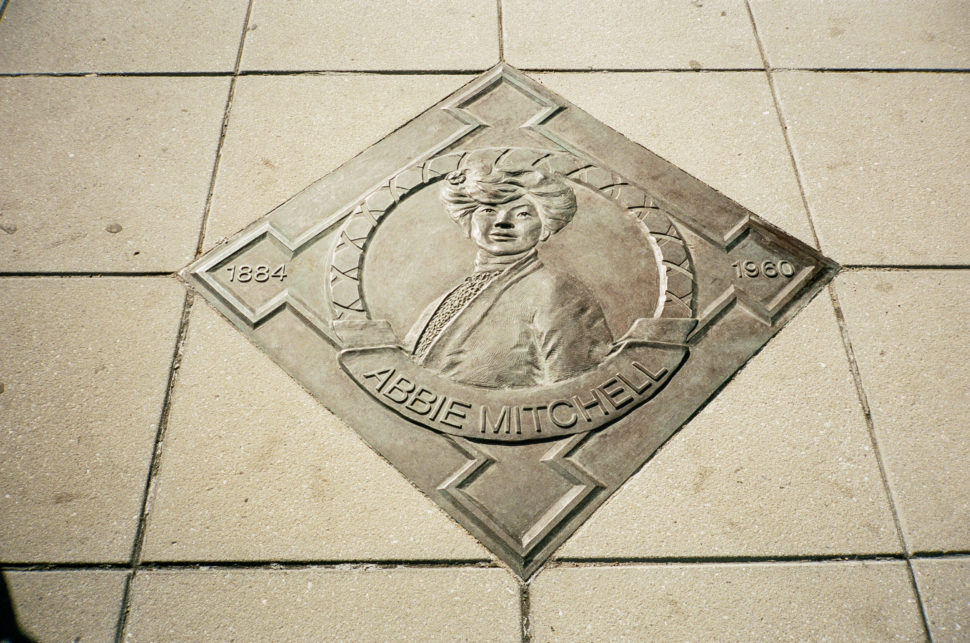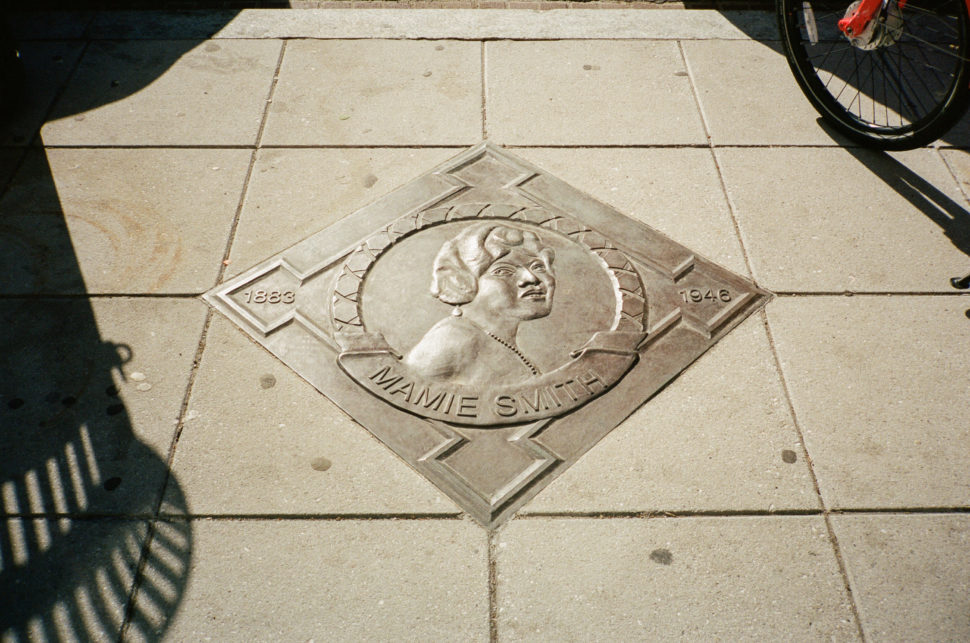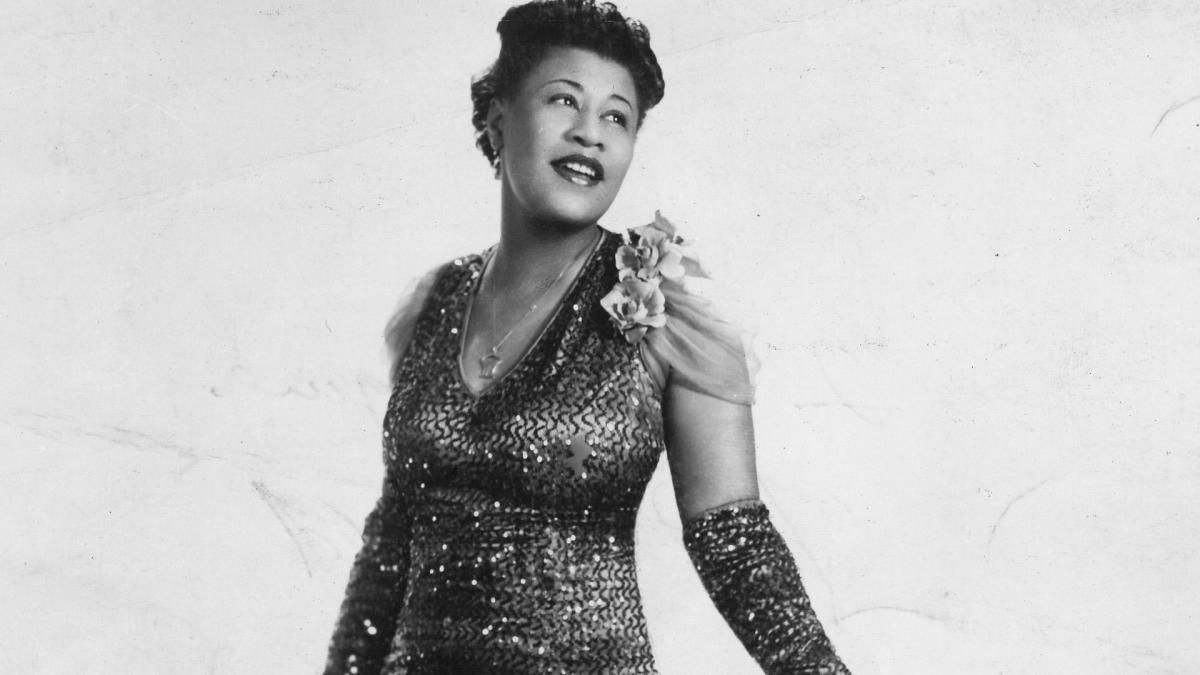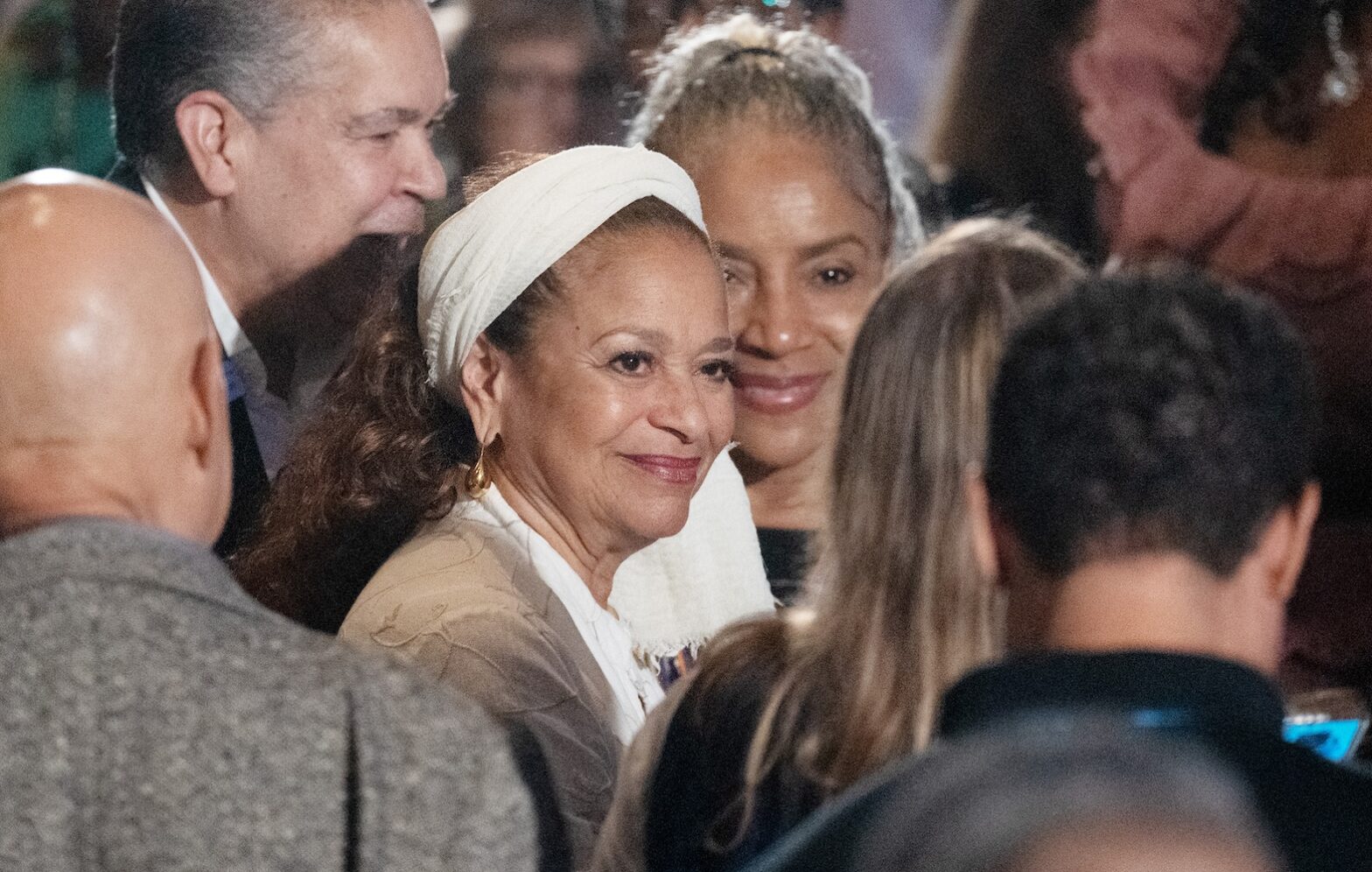It is every celebrity’s dream to be honored with a star on the Hollywood Walk of Fame. Unfortunately, that honor doesn’t come around often for many of our historical Black icons.
Two D.C. natives, along with three generations of Howard University art and architecture students, decided it was time to take matters into their own hands. They recently unveiled The Howard Theater Walk of Fame, which pays tribute to 15 Black icons from different eras.
Those icons include: James Brown, Moms Mabley, Chuck Brown, Marvin Gaye, and Ella Fitzgerald.
The individual tributes are depicted in bronze medallions, as a nod to the metal’s traditional use in West African art. Each medallion features a hand-sculpted portrait, which is embedded in the sidewalk.

We had the chance to talk with Curry Hackett, the project lead and principal of Wayside Studio, about this unique tribute.
Travel Noire: Why was it important to bring something like this to D.C.?
Curry: The Howard Theatre Walk of Fame is immediately important, as it is one of the few gestures that elevates the legacy of 20th century Black cultural history. Other commemorations are generally limited to some form of signage, mural, or celebratory street name, so it’s great to have a project that uses the streetscape to immerse people in that legacy. My hope is that it can serve as a precedent for innovative ways of telling these kinds of stories in DC.
TN: How were the 15 icons selected?
Curry: In 2008, the Deputy Mayor for Planning and Economic Development (DMPED) collaborated with Cultural Tourism DC to research and collect data about the Howard Theatre. The 15 honorees were selected from that data, and represent an array of talents and genres. Many of them, such as Marvin Gaye, Moms Mabley, and Chuck Brown were DC natives.

TN: Where exactly can we find the ‘Howard Theater Walk of Fame?’
Curry: I like to tell people to start near the entrance of the Howard–Shaw metro stop on 7th Street NW and walk to T Street, ending in front of the Howard Theatre’s entrance. We arranged the medallions in rough chronological order, so the artists are more contemporary as you get closer to the Theatre.
TN: Are there plans to add on to them as the years go on?
Curry: I have not heard of any plans to continue the project beyond the original fifteen. I hope the city considers doing so—I think it’d be great to see people like Otis Redding and Aretha Franklin honored in bronze markers marching down U Street.





